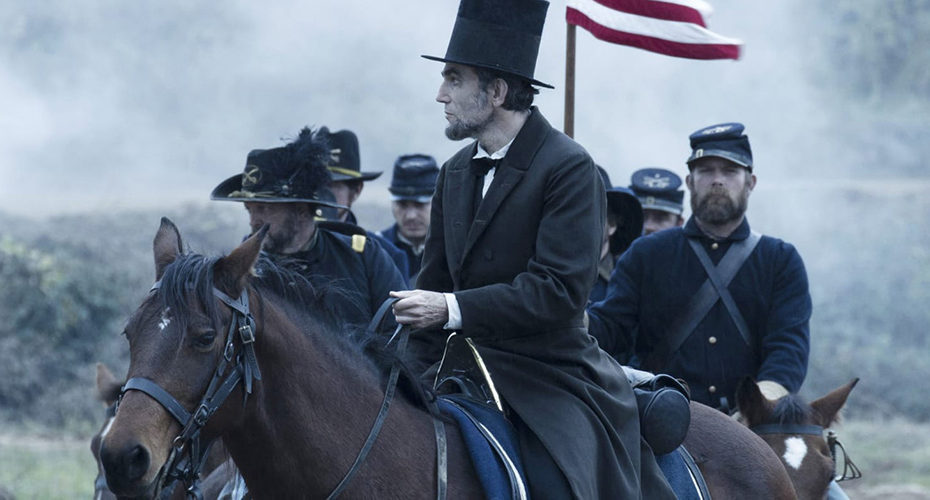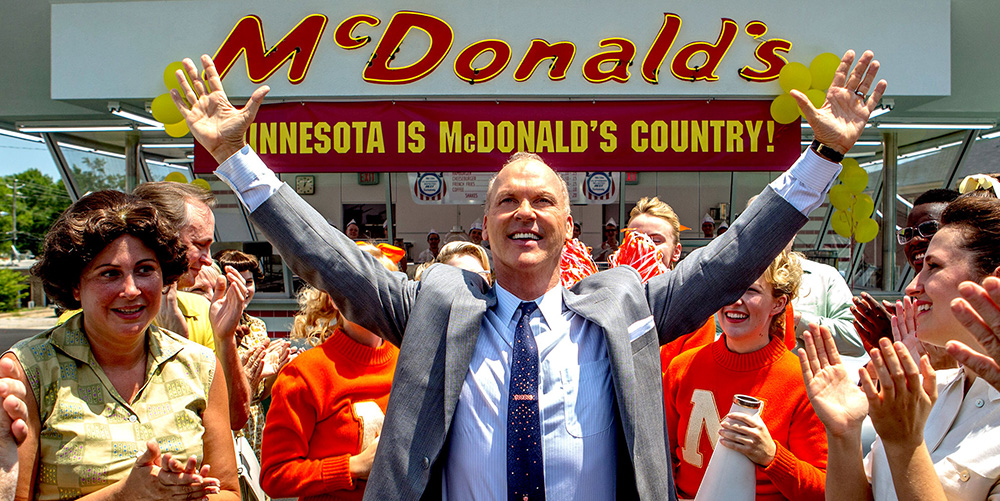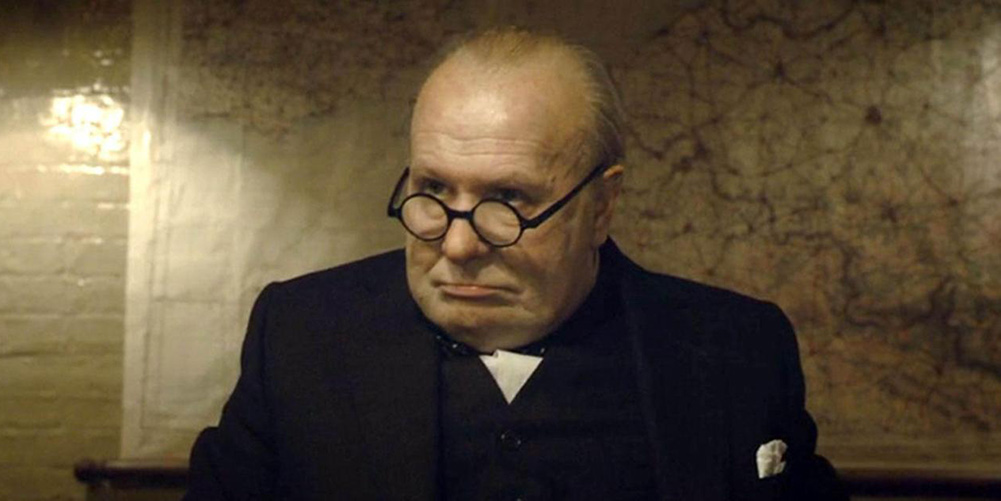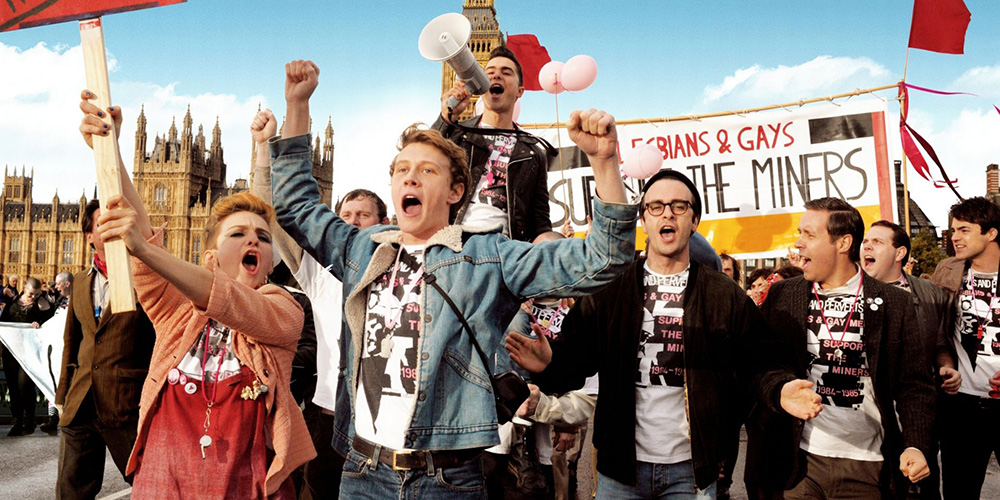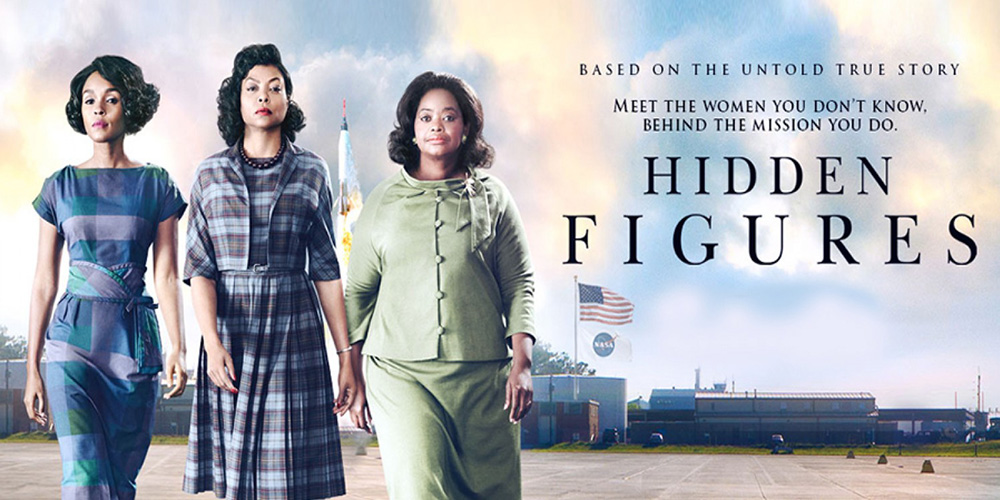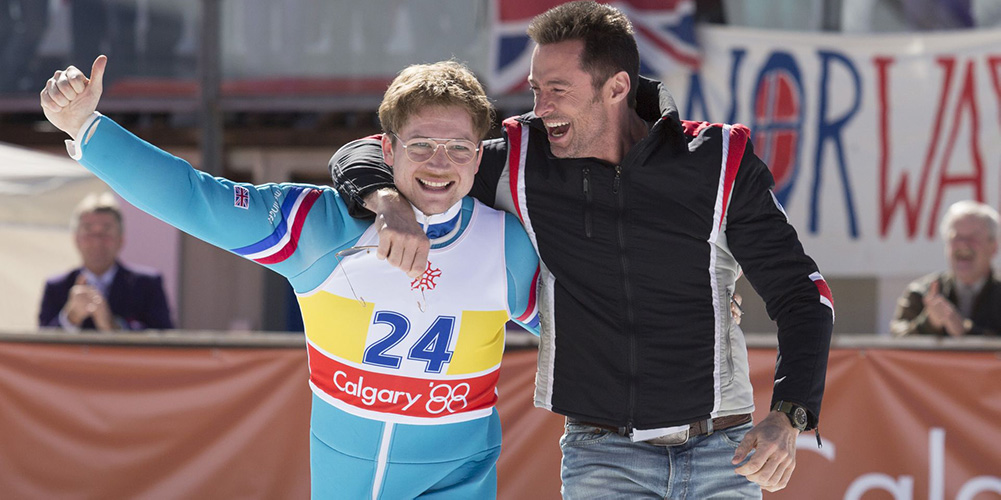Whatever your role – leader, manager, parent – it’s a fair bet that influencing is one of the skills you’ll be using most today.
Whether it’s getting your manager to back your idea or encouraging your teenager to knuckle down to their studies, influencing is a core skill. And it’s become even more important in a society where traditional sources of authority are increasingly less influential.
When I first started working, my concept of influencing was pretty basic: if I presented a logical argument, then the strength of that argument would naturally prevail.
But I soon learned that this is rarely the case: people don’t behave logically and, crucially, they often have different priorities to you even if they’re not aware of them.
To influence effectively, logic is not enough. In the Mind Gym: Wake Up Your Mind, the authors identify nine tactics of influence that anyone can use to be successful. In this post, we’ll look at the first four of these tactics, each illustrated with a movie example.
Reason
Reason is the bedrock of influencing, and the tactic that most people turn to first. But it has limitations. It’s based on the presumption that everyone else is on the same wavelength as you, and that they are moved by rational thought rather than emotion. Neither is always true.
In Lincoln, the President uses reason to persuade abolitionist Thaddeus Stevens to temper his radical views to increase their chances of passing the 13th amendment.
He increases the effectiveness of his argument with a powerful metaphor. When Stevens tells him of the ‘inner compass’ that directs his actions, Lincoln points out the limitations of a compass. ‘If you plunge ahead heedless of obstacles and sink in a swamp, what’s the use of knowing true north?’ he asks.
Inspire
Inspire taps into emotions. Use it to paint a picture of an attractive future which helps people see your way of thinking. It’s especially useful for influencing on ‘big ticket’ subjects which require a considerable leap of faith.
In Seabiscuit, Charles Howard persuades racecourse owner Charles Strub to create an unprecedented $100,000 prize to attract the country’s finest horses. He leads him to the window overlooking the track and invites him to imagine the top racehorses piling off the railcars straight onto his track.
Inspire also powers William Wallace’s famous speech in Braveheart. Wallace asks his army to imagine how they’d feel, ‘dying in their beds, many years from now’, having missed the chance to live as free men.
Ask
Ask uses a series of questions to elicit the position and desires of another person. Used skilfully, you can match your solution to those desires. The benefit is that people feel that they have made the decision themselves. But ask the wrong questions and your influencing efforts are doomed to fail.
1950s classic 12 Angry Men is perhaps the ultimate movie on influencing. Henry Fonda’s Juror 8 and Joseph Sweeney’s Juror 9 use this tactic on the intelligent stockbroker to convince him that the key witness’s eyesight is suspect. ‘Could those marks be made by anything other than eyeglasses? Do you wear eyeglasses to bed?’ they ask. Having come to his own conclusion on the answer, the stockbroker changes his verdict to ‘not guilty’.
Feel good
As Robert Cialdini reveals in Influence: the Psychology of Persuasion, we’re more likely to be be influenced by people we like, and whom we feel are like us. Those people tend to make us feel good about ourselves, and we’re more likely to be influenced as a result.
In Made in Dagenham, likeable union representative Albert convinces Rita to lead the Dagenham workers in a bid to secure equal pay. He tells Rita a story about his mum which establishes a connection with Rita and makes her think they share the same goals and values. And Rita is powerless to resist.
In our next post we’ll be looking at five more key influencing tactics as demonstrated in movies.
